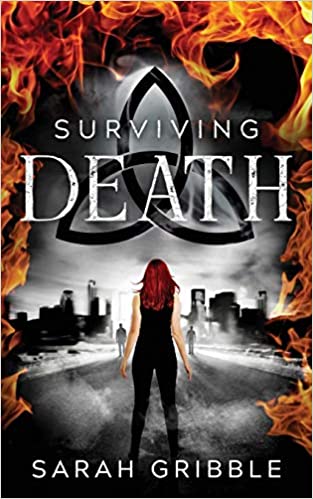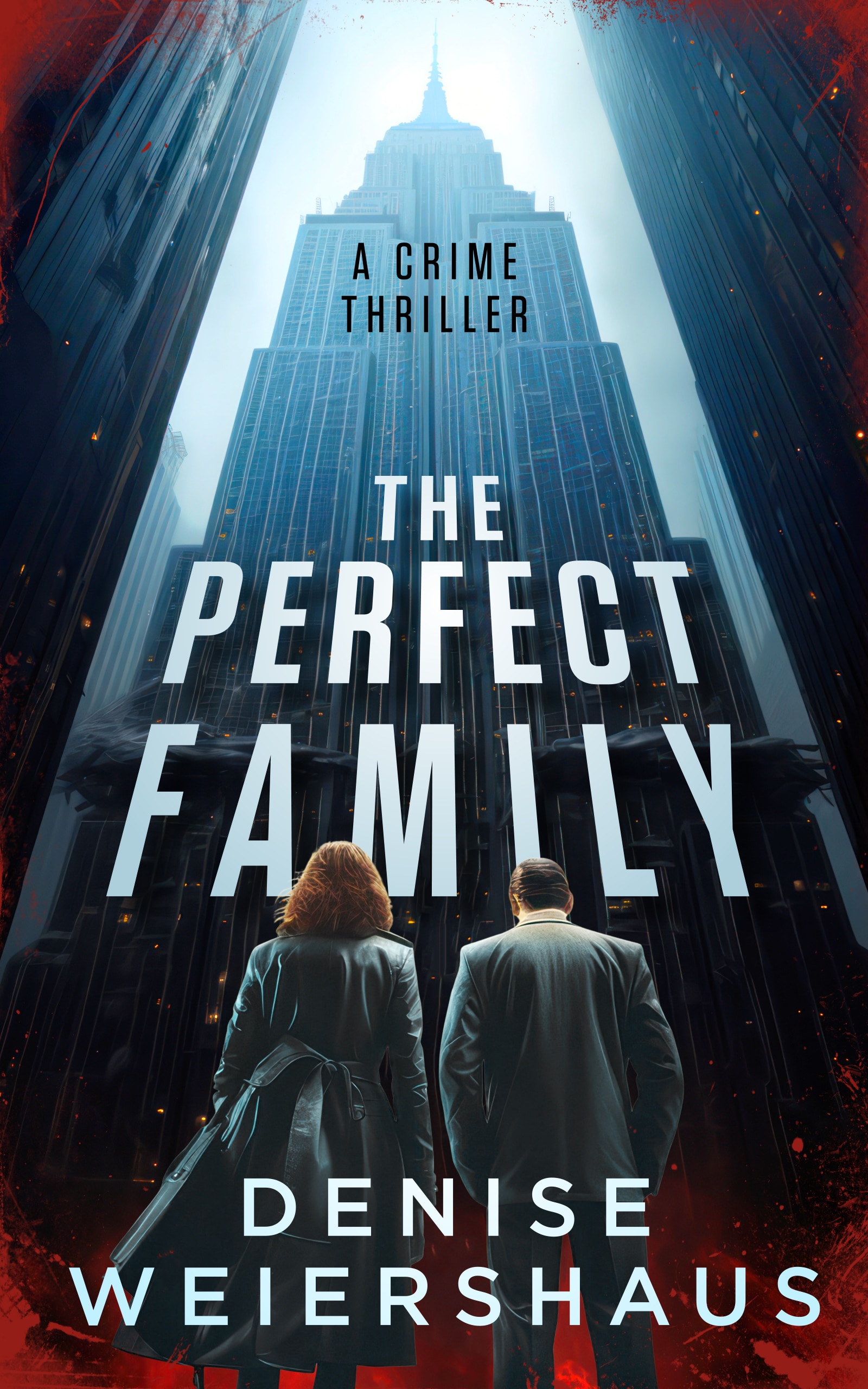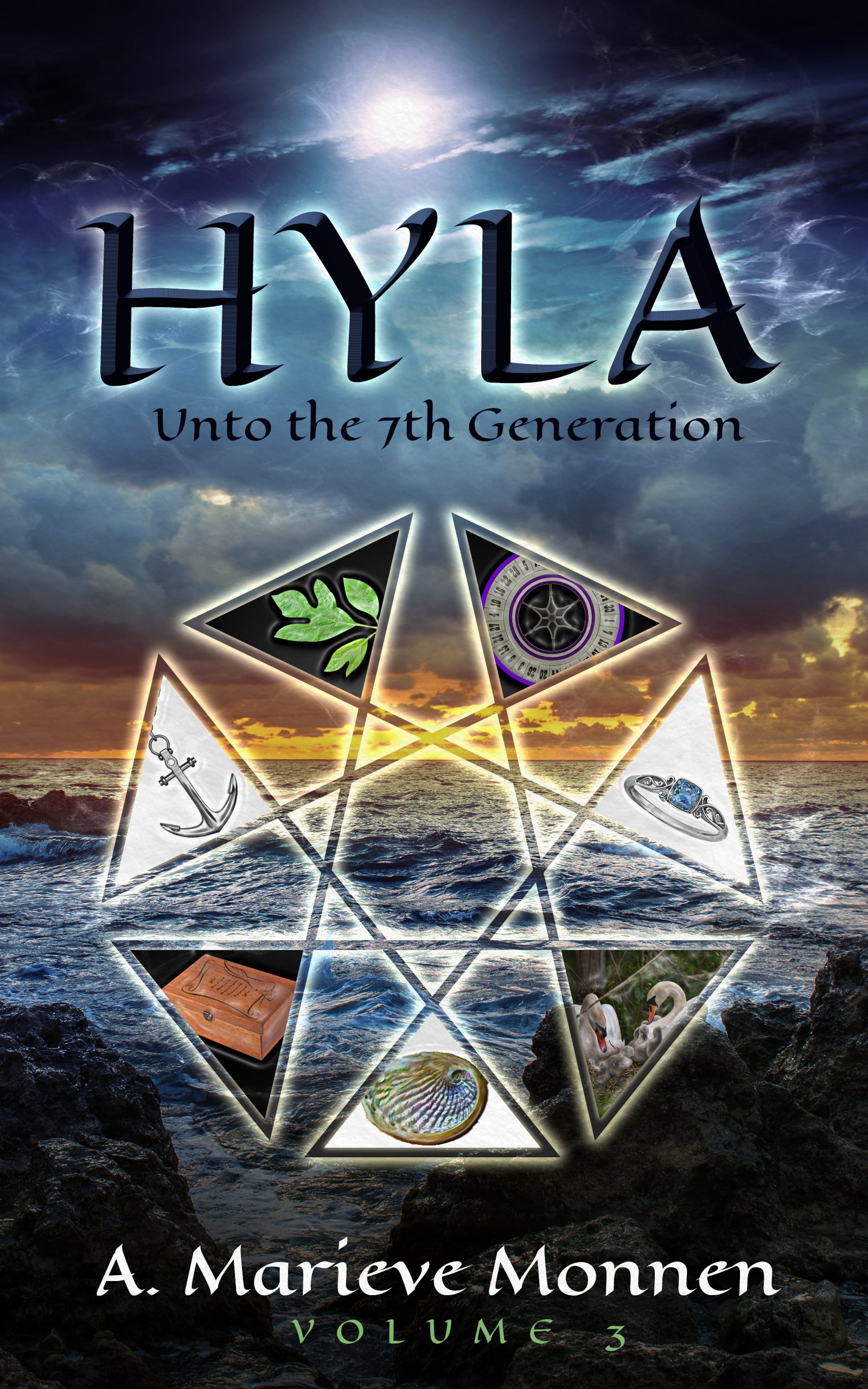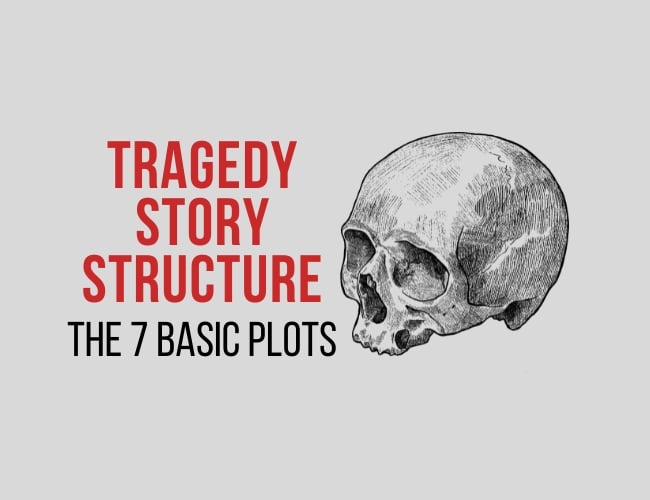
by Liz Bureman and Sue Weems |
The two best known of the basic plots outlined by Christopher Booker are comedy and tragedy, These two basic plot types make up the two halves of the drama masks that represent classic theatre, and you can categorize most of Shakespeare’s plays into one of the two. Today we look at tragedy story structure and examples.
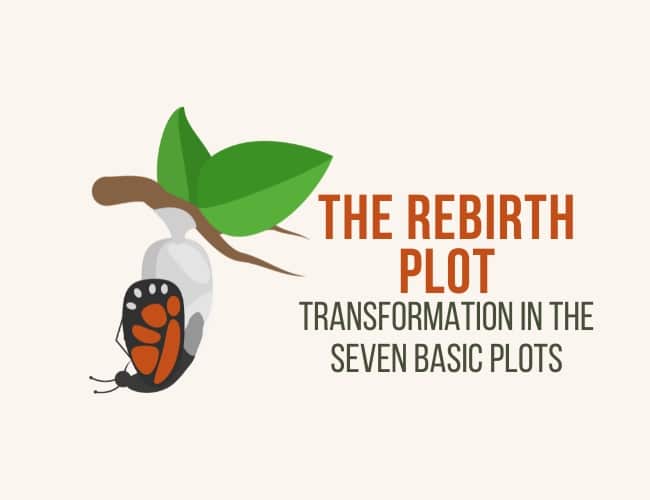
by Liz Bureman |
Here at the beginning of a new year, we’re surrounded by calls to set new goals, make resolutions, change something specific in our lives, so it seems a perfect time to revisit the rebirth plot which promises change.
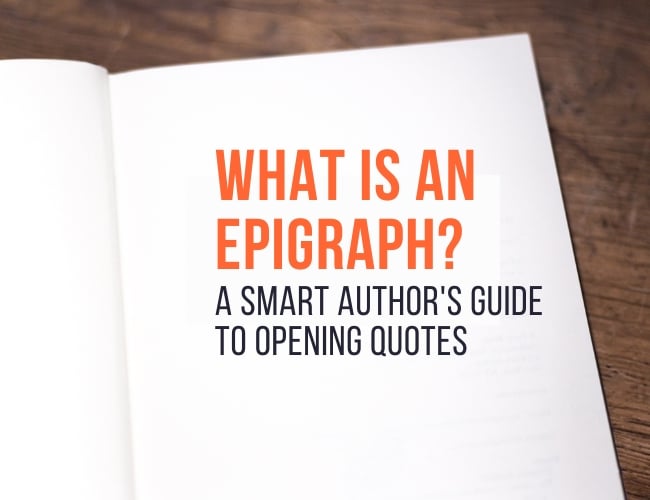
by Liz Bureman and Sue Weems |
If you’ve opened a novel and seen a quote on the opening pages then you’ve seen a literary epigraph. But what are they really? Why do authors use them? And how do you know if you need one for your own work in progress?
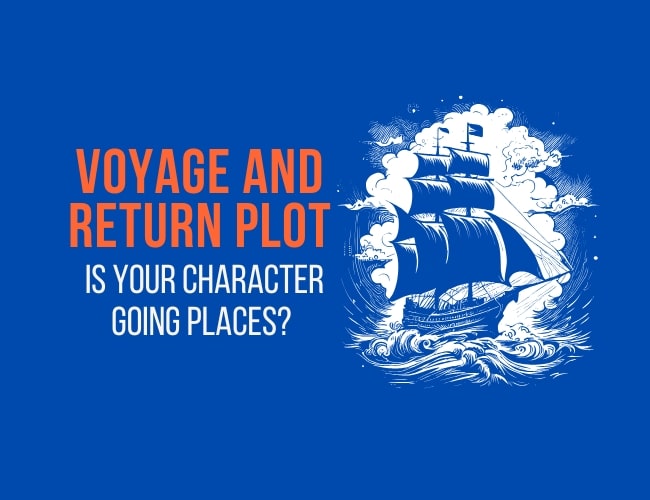
by Liz Bureman |
As we continue to look at Christopher Booker’s 7 basic plots, today we turn to the voyage and return. If you’re trying to tell a story with a journey into strange lands on a fantastic voyage, where normal rules might not apply, you may be working with a voyage and return plot.
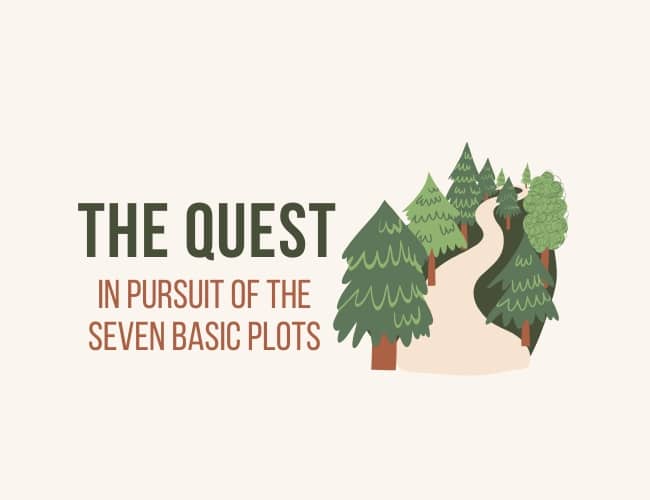
by Liz Bureman |
Yeah, like you’re going to see a list of plot types that doesn’t include the Quest. The Quest is a search for a place, item, or person that requires the hero to leave home in order to find it. Sometimes the item is just a MacGuffin to drive the plot along; other times the thing driving the quest is specific to the story’s circumstances. Either way, the hero is leaving home to find whatever the heck the story demands, and we get to come along for the ride.





